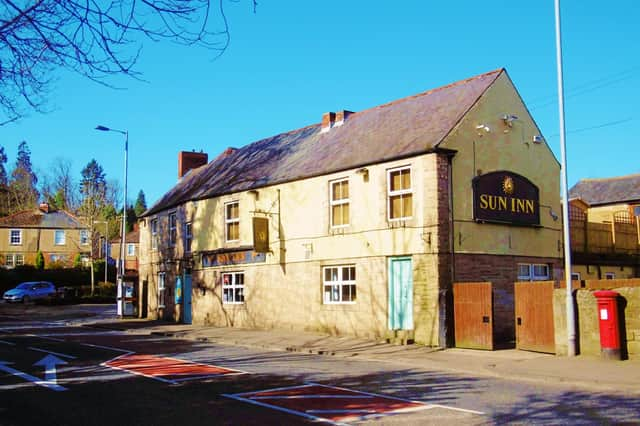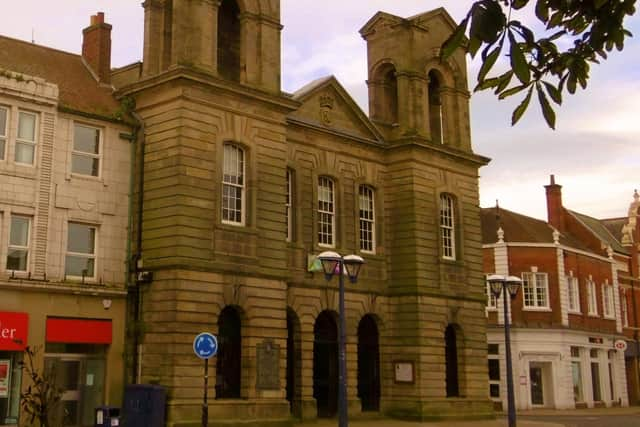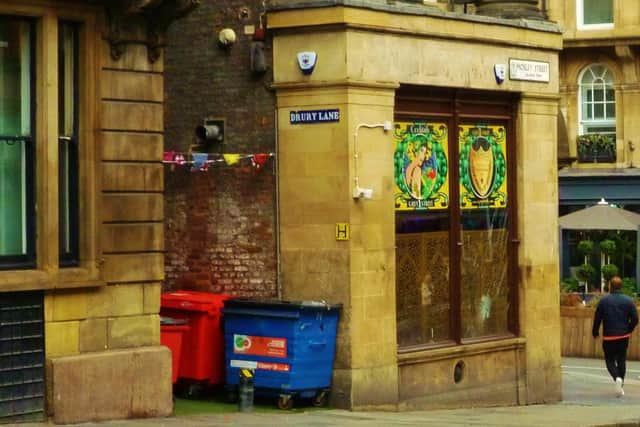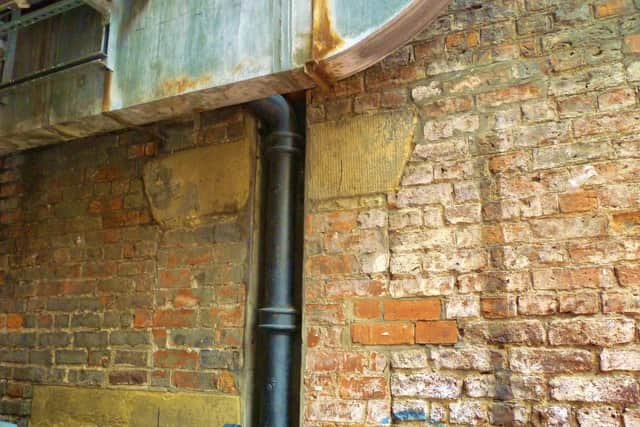Morpathia: Looking back at Morpeth in the 1800s – Plays and playgoing


He worked full time from the age of eight – and perhaps earlier – as a gardener’s boy in his uncle John Robertson’s market garden at the Sun Inn. Robert’s father, also called Robert Blakey, and his uncle Robertson were best friends.
Blakey sen. died prematurely at the age of 22, when little Robert was only nine months old, so this was no doubt why Mr Robertson took the fatherly interest he did in his old friend’s only child.
Advertisement
Hide AdAdvertisement
Hide AdRobert says: “My uncle made me a sort of companion, and instructed me in many things connected with general history and ecclesiastical affairs. He had an ardent and genuine taste for reading.


“He had been in early life a musician in the army, his father being bandmaster in a regiment which formed part of the invading force under the Earl of Cornwallis, in America, where he and his father and mother were made prisoners of war and confined in Rhode Island for twelve months after the Earl’s surrender to Washington’s army.
“I used to listen to my uncle’s experiences and adventures with the greatest interest; and he was likewise occasionally in the habit of talking to me on matters of doctrinal divinity.
“I had never seen a play acted until my uncle Robertson took me to an entertainment at the Town Hall, Morpeth, when in my twelfth year.
Advertisement
Hide AdAdvertisement
Hide Ad“The piece was Macbeth; and I well remember when the witches came on the stage how intensely excited I was, with my head full of devils, fairies and witches, which my old grandmother had stuffed into my head almost from infancy.


“I now thought there was no doubt of the witches; for I considered the whole play as a reality. These witches were often fearful things when I was in the woods working alone; and even now, in my old age, I have the most lively recollection of this theatrical exhibition, which formed a sort of intellectual landmark in my journey through life.
“I may mention here, in passing, that I have never been a regular play-going man, although I have seen almost all the most renowned comedians, both tragic and comic, of this country, until a few years back.
“I well remember Stephen Kemble playing Falstaff in Alnwick Town Hall, at the request of the Duke of Northumberland; and more than once I saw in London Stephen’s brother, John, play some of his favourite characters.
Advertisement
Hide AdAdvertisement
Hide Ad“I likewise witnessed Mrs Siddons and her younger sister, Mrs Henry Siddons; the latter long displayed her talents at the Edinburgh theatre.


“I remember Macready, the old and younger Kean, Liston, and many other notabilities of the dramatic art.
“One incident I beg to mention here relative to the elder Kean. He was performing at the Newcastle theatre during the Assize week.
“There were no newspaper critics in those days; but Mr William Mitchell, to whom the Tyne Mercury belonged, occasionally took some notice of theatrical matters, for he was well-qualified for those light criticisms.
Advertisement
Hide AdAdvertisement
Hide Ad“On Kean’s visit Mr Mitchell had the privilege of going behind the scenes, and he took me with him. The play was Othello, and the house was what theatricals call a bumper.
“When the actor had the whole audience sobbing and crying aloud in grief and excitement, he put his hand to one side of his mouth and called out to Mitchell and I a most filthy expression. This has always appeared to me a most singular fact, showing how deep feelings may be assumed, and hang, by repetition, so loosely about the person as to become quite artificial.
“Mr Mitchell and I went to Kean’s lodgings with him, in Pilgrim Street, but we were not there long till the actor had to be carried up to his bedroom, having taken too much of his usual stimulant.”
Stephen Kemble, who was so fat he could play Falstaff without padding, managed the Theatre Royal from 1791 to 1806, and played a circuit which included both Morpeth and Alnwick.
Advertisement
Hide AdAdvertisement
Hide AdHe retired in 1806, when Robert was 11, but did occasionally come out of retirement, which explains how Robert came to see him.
John Kemble last performed in June 1817 and their elder sister, Sarah Siddons, in June 1819. Mrs Henry Siddons was her daughter-in-law; she was actor-manager of the Edinburgh theatre in her own right, and retired in March 1830.
John Liston, an accomplished low comedian (i.e. he took the funny parts) played Newcastle in 1819-20 and acted until 1837. Edmund Kean, the master of tragic emotion, came into his own in 1814 and performed until March 1833. His son Charles acted until the 1860s.
There were also two Macreadys, and Robert probably saw both. William Charles the elder was manager at Newcastle 1806-18, while William Charles the son first acted at Newcastle in 1810 and retired in 1851.
Advertisement
Hide AdAdvertisement
Hide AdWith the possible exception of Charles Kean and the younger Macready, therefore, Robert saw all of these actors during the earlier part of his life, between about 1806 and 1837.
The theatre where he saw Edmund Kean must have been the old Theatre Royal in Mosley Street, which first opened in January 1789. It was largely demolished in 1836, prior to the opening of the present Theatre Royal in Grey Street.
Its west wall still exists, however, in a narrow alley called Drury Lane. This wall is almost hidden by rubbish bins, fire escapes and pipework, but it is still possible to recognise the old brickwork and a blocked-up 18th Century window or doorway.
Morpeth Dispensary – a history, 282 pages, with 27 black-and-white illustrations, is now available at Newgate News in Morpeth, priced £10, or from Amazon.